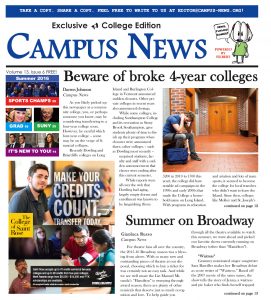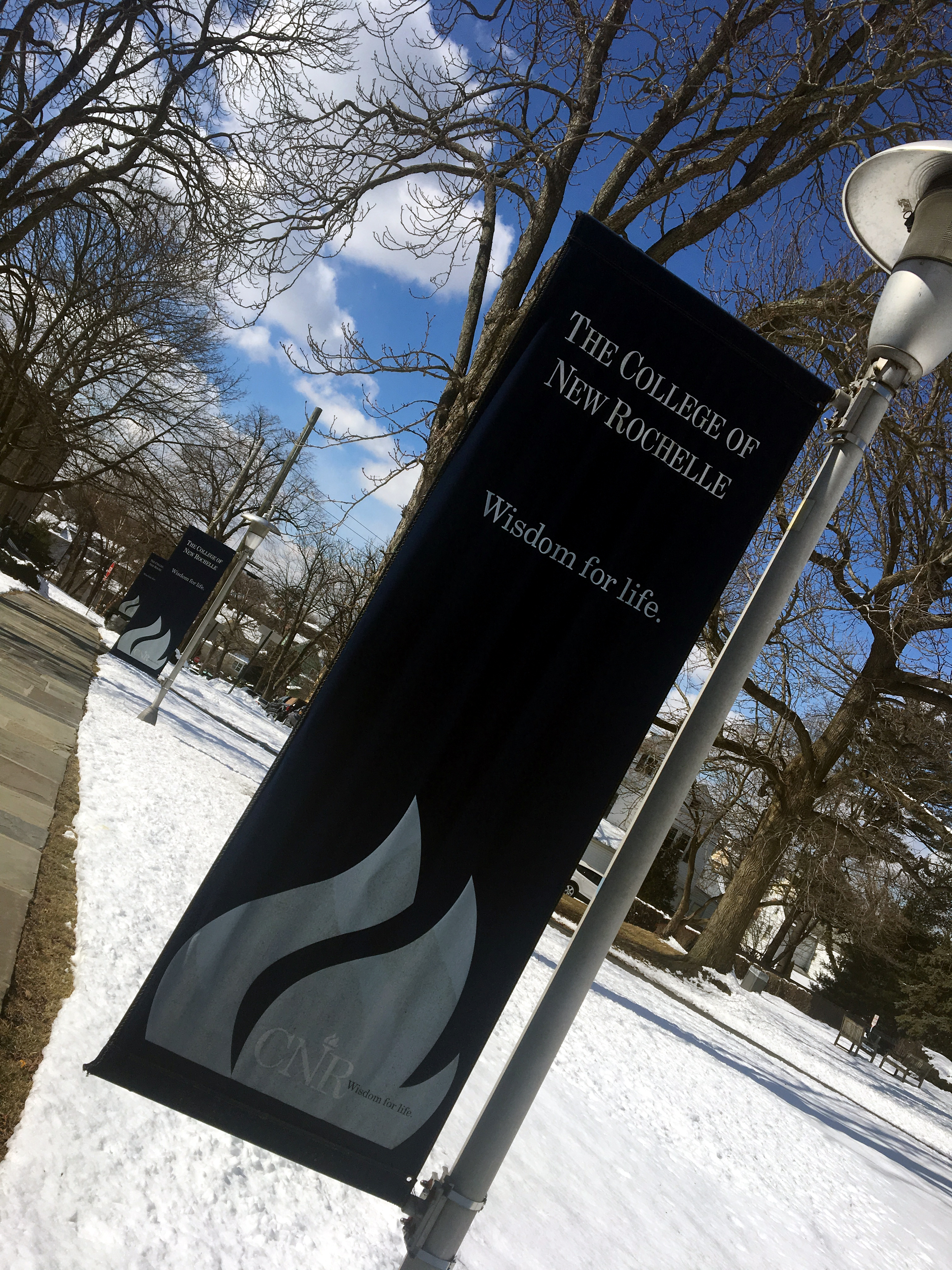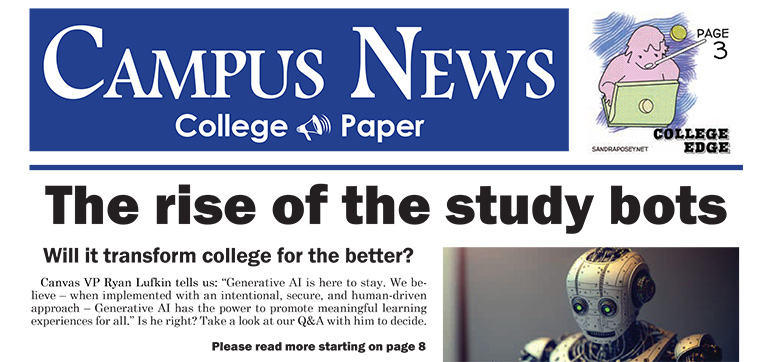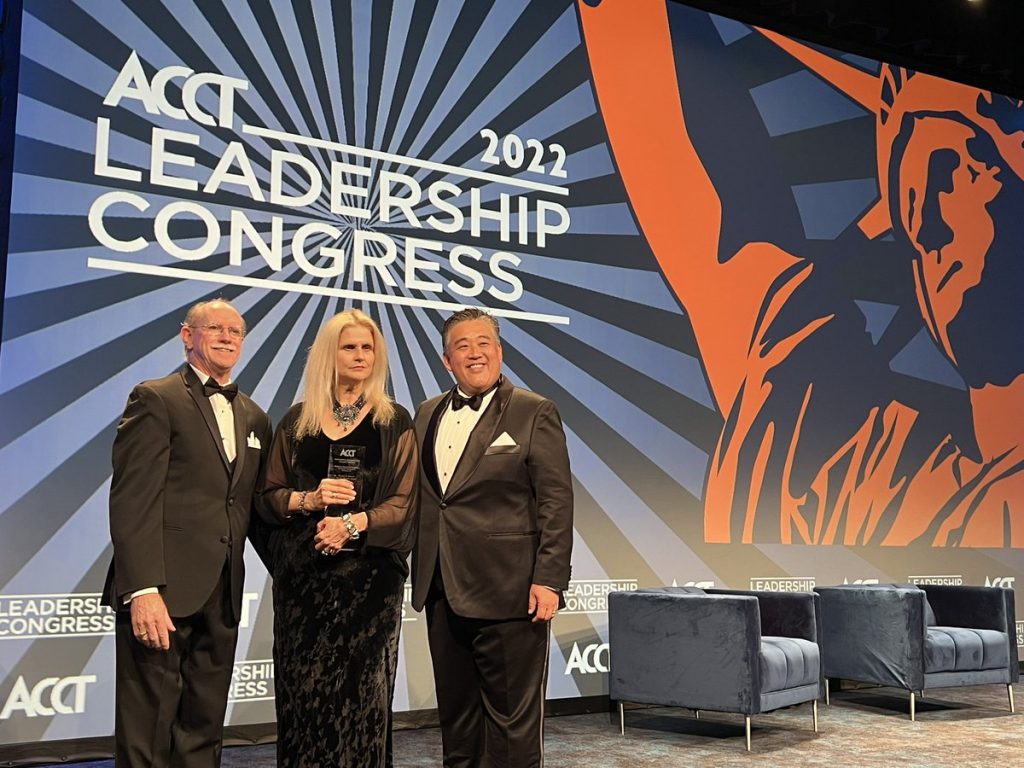Editor's Note: This article was originally published in June 2016, but in recent months several other colleges have revealed shaky finances and/or closure including the College of New Rochelle, Green Mountain College, Southern Vermont College, Argosy University, College of Saint Joseph, Newbury (Mass.) College, Mount Ida College, Wheelock College and others. So this article is as pertinent as ever.
By Darren Johnson
Campus News
As you likely picked up this newspaper at a community college, you, or perhaps someone you know, may be considering transferring to a four-year college soon. However, be careful which four-year college – some may be on the verge of financial collapse.
Recently Dowling and Briarcliffe colleges on Long Island and Burlington College in Vermont announced sudden closures. Other private colleges in recent years also announced closings.
While some colleges, including Southampton College and its recreation as Stony Brook Southampton, gave students plenty of time to finish up their programs when closures were announced there, other colleges – such as Dowling most recently – surprised students, faculty and staff with a sudden announcement that classes were ending after this current semester.

While reports were all over the web that Dowling had aging, largely empty dorms and enrollment was known to be languishing (from 5200 in 2010 to 1700 this year), the college did have notable ad campaigns in the 1990s and early 2000s that made the College a household name on Long Island. With programs in education and aviation and lots of team sports, it seemed to become the college for local transfers who didn’t want to leave the Island. Since then, colleges like Molloy and St. Joseph’s have filled that niche and expanded a good deal. It must have been a stunning lack of vision and leadership that led to Dowling’s fall.
The problem with attending a college like that is, if you don’t have enough credits to graduate immediately, you will have to transfer yet again. And the new college may not take a lot of those credits, so you will have to spend more money and take more time to finally graduate. Or, perhaps, your exact program may not be available at another college. If you do graduate from a soon-to-be-defunct college, you will be forever tainted by that. Your resume won’t carry the same weight compared to a resume with a living, vibrant college that still advertises, has sports teams, gets headlines, etc.
You won’t have the benefit of an alumni network, if your college goes broke. An alumni network not only holds reunions and other cool events, but they also help you find work and advancement.
So, how can you tell if a college is suspect? I would suggest:
1. On the campus tour, do certain buildings look out of date or poorly maintained, or are there buildings that are closed? (Don’t just go on the tour with the Admissions tour guide, but wander off on your own and look around; perhaps asking students who aren’t on the college payroll what they think.)
2. Has the college lost significant enrollment in recent years?
3. Have there been articles in the college town’s local newspaper about funding issues at the college?
4. Checking out students newspaper articles online, do any deal with potential budget fights?
5. Have departments been cut? Teams and activities?
6. Has the college gone through a sudden change in administration/staffing?
7. How many classes have been cut due to lack of enrollment? (You can compare the course guide from the beginning of the semester to the actual number of courses listed online after the semester has started.)
8. Is the college trying to use high school extension site students and graduate students in its overall enrollment numbers?
numbers?
9. Is the college web site out of date?
10. Is the college advertising? If they are cutting back on advertising, usually that is a sign that they don’t have much financial liquidity, and it creates a cycle – less ads means less enrollment means less tuition income for the college.
These are just some of the red flags I’d consider. Of course, if you are applying to a large university or a public college, the odds of it closing in the next four years are minimal, but for private colleges under, say, 3000 students, you may want to ask these questions.
I also put the question on Profnet, a service that hooks up journalists with experts, and got these responses:
Craig Meister, president of Admissions Intel (AdmissionsIntel.com), a global college admissions consultancy, said: “All students should be very careful about investing their time and their money (or their parents’ money) in any college – large or small. The college admissions process is not all about ‘getting in.’ It’s just as much about students and parents doing their due diligence on which colleges are the right fit for their academic and professional goals. With that said, many colleges, particularly small liberal arts colleges, are in horrible financial shape; therefore, part of a student’s due diligence must be to research the financial health of colleges he or she is considering. This means investigating how enrollment today compares to enrollment three years ago vs. five years ago vs. 10 years ago and how facilities are being maintained or not being maintained. Are staff members being laid off? Are dorms being closed? Does campus look like it has seen better days? …
“A college closing hurts everyone – alumni, students, and staff, but most of all alumni because these are the people who have to carry the name on their professional resumes for the rest of their lives. At least current students who have not yet graduated can transfer and earn their degrees from somewhere else – hopefully a school that presents a value proposition that the marketplace rewards with both student applications and employer demand for graduates.”
Scott Schneider, a lawyer and head of Fisher & Phillips’ Higher Education Practice Group who also teaches Higher Education Law at Tulane’s School of Law, offered:
“About the viability of a school, I’d ask three questions: 1. what is your current enrollment and projected enrollment; 2. what is your discounted tuition rate; and 3. how big is your endowment and what percentage of the endowment is unrestricted funds? Those three items will tell you pretty much everything you need to know about the fiscal shape of a school and its long-term viability.
“There are short term and long term negative effects. Over the short term, the negative effects are pretty obvious: faculty and staff lose their jobs and there is considerable student disruption as students need to transition to other schools. One of the key long term issues that the administration of a closing school should be concerned about is setting up some clearinghouse so that graduates can obtain necessary records. For example, it’s hardly unusual for prospective employers or graduate schools to request transcripts or verification of graduation. Schools that shut down can make life very complicated in these areas for graduates. Similarly, closing schools should work hard to ensure that current students can transfer as many credits as possible to their new institutions.”
The lesson is, ask questions, and find out about the business end of the college before you commit.








Facebook Comments